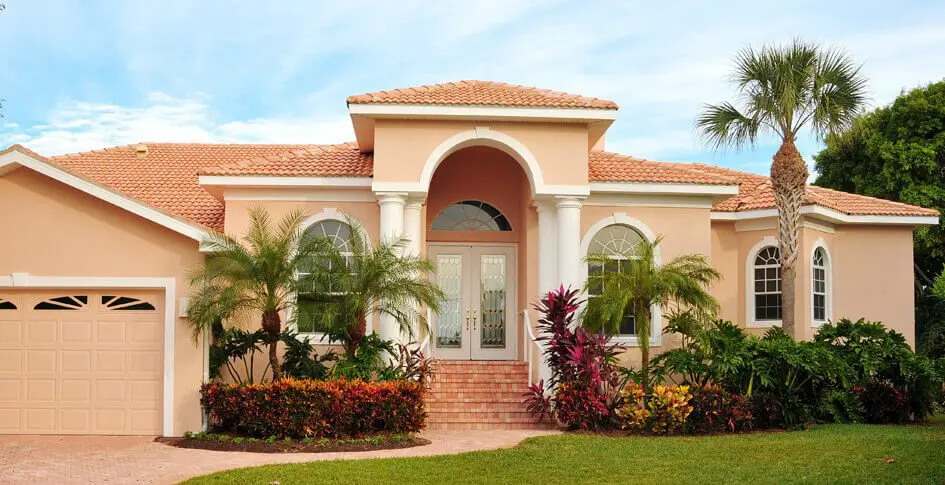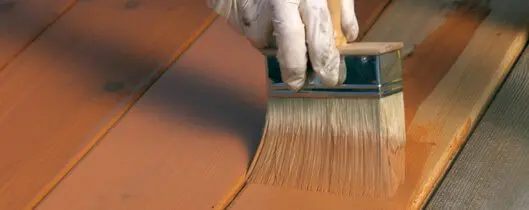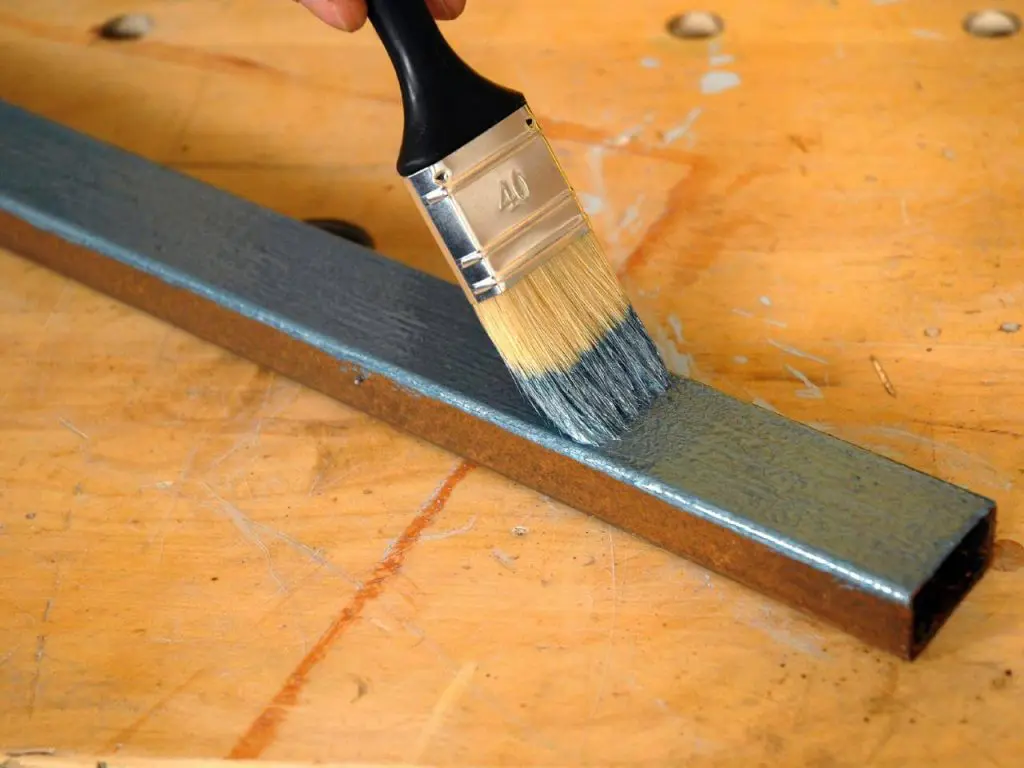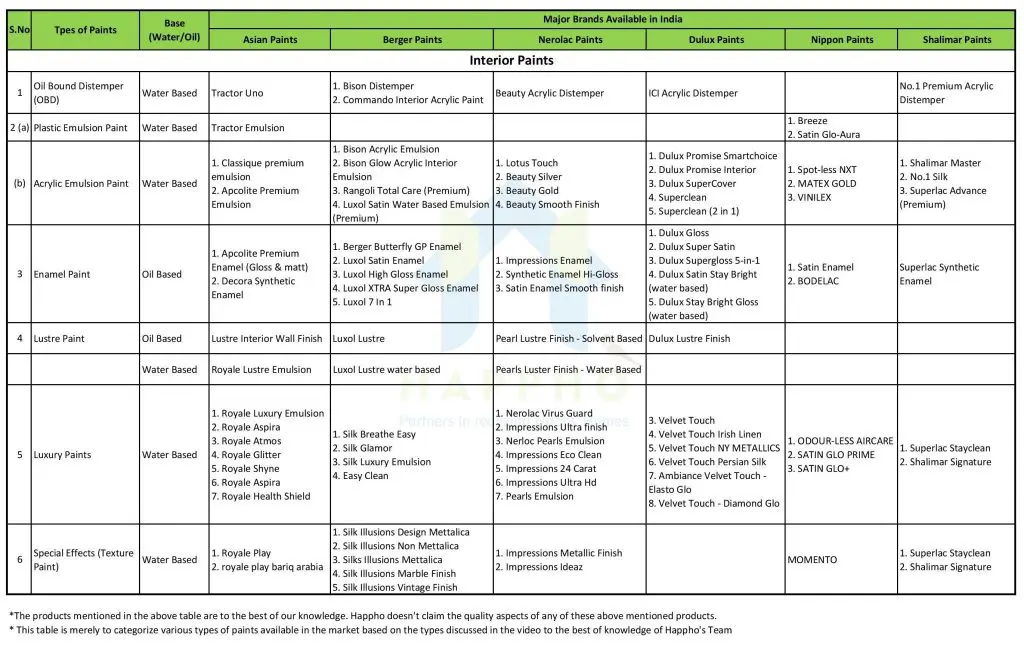Most of the population refers to Paint as Color on the walls of their houses, their appliances, and any such entity. But! The truth is that It is more than Color or pigmented value. It is material of chemical composition that dries off from a liquid state to solid-state.
The functional aspects of paint are Decoration, Protection, Identification, and Sanitation. It typically consists of pigment, resin, solvent, and additives.
Pigment is used to provide color, Resin is used to bind and hold the pigment particles to adhere to the surface, Solvent acts as a carrier that holds pigments and resin, and additives are used to upscale properties like mold resistance, drying, and ease of brush stroke.
Distinction between Types of Paints
Paints can be distinguished on the functionality as per the application, i.e. the applicability of Interior and Exterior paints.
Paints for Interiors are decorative, and are for aesthetic purposes. They should have easy maintenance, washability, and damp resistance up to a certain degree.
However, Exterior paints are always exposed to all types of weather conditions and radiation variations, thus protection against such UV radiation and also fungal growth and dampness during rains is required. Exterior paints must be more robust to safeguard against weather, in terms of fading effects, cracks, dampness and dew saturation.
The primary difference between the Interior paints and Exterior paints is the choice of resins used in the composition. In both types of paints the solvent and pigments are mostly similar.
Making the correct Choice of Paint
Some of the Paint products curtail on Volatile Organic Compounds (VOCs), which harms health. Choice between WATER-BASED and OIL-BASED paints can be adjudged through the following points:
WATER-BASED PAINTS
- Surfaces Dries Up Quickly after painting
- Low VOCs or Low toxicity
- Stable color profile
- Easy cleanup with water
OIL-BASED PAINTS - Takes Long time to Dry
- Attractive Glossy Finish
- Even Finish of brush Strokes
- Durable and hard coat
- Requires Thinner or Turpentine to clean up the paint droplets
Paint are majorly available as water-based, but oil-based paints are used mostly for glossy finishes like for furniture, doors, and woodwork.
Users should be cautious while switching to water-based paints from an oil-based paints because the surface coat might not allow the paint finish to stick properly.
An alternative can be used by washing the surface and roughening it with grit sandpaper for peeling the previous surface to stick the new one.
Classification and Types of Paints
General classification of paints is considered based on a water base or oil base. Few of the typologies are listed and discussed as follows:
1. Types Based on Finish
A. Matte Finish
It is the least reflective lustrous surface finish available.
It is available in a velvety texture.
It helps in hiding irregularities in walls and ceilings.
It offers a vast range of depth of color scheme.
It is not easy to clean.
B. Egg shell and Satin Paint
It is the mid-range reflective
Improved durability
It is used in environments where maintenance and cleaning are necessary without applying gloss finishes.
C. Semi Gloss and Gloss Paint
These are the most lustrous reflective surface finish available.
They are highly durable and can withstand multiple cleaning attempts over the finish without any effect.
Common application surfaces are moldings, doors, and baseboards.
Surface finish should be highly perfect for not depicting imperfections.
2. Types based on Application Location
While applying paints, the coat or filming should be cohesive to the surface and should be able to produce smooth and perfect finish. Their applicability depends upon factor such as:
Paints vary in forms of applicability because of the conditions it has to sustain after application on surface.
Different exposures are impacted on painted surfaces throughout a given time, thus different complimenting compositions are to be kept in mind while considering paint coats over a surface.
A. Exterior Paints
As stated already, Exterior paints have to sustain in harm exposed environments and they are also visual indicator of the design element, thus Exterior Paints have to be withstand the sun exposure, Humidity/ precipitation or Dust Storms with finishes that please the eye.
They are expected to have a longer span of durability in contrast to Interior Paints.
B. Interior Paints
Interior paints are prone extensive usage or touch appeal, thus scratches and fading or dullness of paint finish can be seen over a period of time.
Interior Paints define interior color scheme and should be resistant to scratches and these after-effects.
3. Types based on Surface Applied
Paints show different properties when applied on different materials. The type of finish and cohesive nature is yielded differently according to the surface receiving the finish.
A. Paints Suitable for Walls (Bricks Or Cement)
Different type of application techniques and type of paint has to selected for each distinct type of material. Rough and aggregated surface like cement , brick or gypsum planes should be abrased and cured with water before applying paint.

B. Paints Suitable for Wooden Surface
Wood Surfaces are uneven and rough fibrous, thus it should be cleaned off from dirt and a coat of primer to follow. The surface after application of primer is advisable for paint incase of wood. Types of paints sutiable for wood surfaces are Acrylic, Lustre, and Enamel.

C. Paints Suitable for Metal
Metal surfaces are susceptible to rust as a result of moisture. Paints with oil base are preferable for metal surfaces and take longer time to dry. Metal surfaces can adhere most of the paint types after the application of primer onto the surface.

4. Types Based on Composition of Paints
A. Distemper Paint
The cheapest quality of water-based paint available in the Indian Market is Distemper Paint. Common nomenclature for this painting process is ‘whitewash’. It can be durably sustained for a period of 4 to 5 years. However, it can peel off easily when wet, making it non-washable.
Distemper paints are constituted majorly of chalk, lime, water and pigment for color with glueing agents if necessary.
Usually, It is used at spaces that are hidden or are in non-direct access to public view.
B. Emulsion Paint
Emulsion is a water-based paint that dries off quickly, and provides a matte finish. It offers resistance to humidity, and can be cleaned by washing to an extent. A certain amount of VOCs are released at room temperature from emulsions.
Emulsion paints resists humidity because of its chemical composition, it consists of tiny polymeric particles with trapped pigments in solvent through binding agents.
C. Enamel Paint
Enamels are applied to surfaces where busy working is expected, as it is easy to clean. They are also available in the form of oil paint that typically shows a shiny coat of paint for metallic surfaces and doorframes. It is moisture resistant also.
Most of the enamel paints are alkyd resin based formulation mixed with pigments with suitable plasticizers in presence of a varnish to form paint composition.
Enamel Paints are usually applied on wooden and metal surfaces.
D. Luster Paint
As the name suggests, these paints reflect a pearl-like smooth finish. It is an expensive option in comparison to enamel paint. It is best suited for rooms used for social gatherings and areas with more footfall.
Luster paints (oil based) are highly washable and can be applied for interiors of homes and commercial spaces. Since it emits odour for some time even after application and drying of the paint, its is not recommend for quick works.
E. Texture Paint
These types of paints are used on Show walls with unique feature value. These are applied with special tools like rollers, knives, trowels, and brushes with the help of putty to create 3D texture.
Usually texture paints are paint compositions with a volumetric and tactile feel. Basic application involves a process of fine aggregate or putty mixed with color pigments on a painted or plain surface.
F. Cement Paint
Cement paints are an exterior variety of paint that sustains in different weather conditions to prevent water penetration and resilience to heat and radiations. General application can be seen on facades with exposed design intervention.
It is a composition of Portland cement, lime, pigments with optional water repellants and fungicides. Generally, it is applied on porous surfaces like concrete, rough plaster except gypsum.
Various Brands of Paints and The Types of Paints Available


– Anshul Kulshrestra





